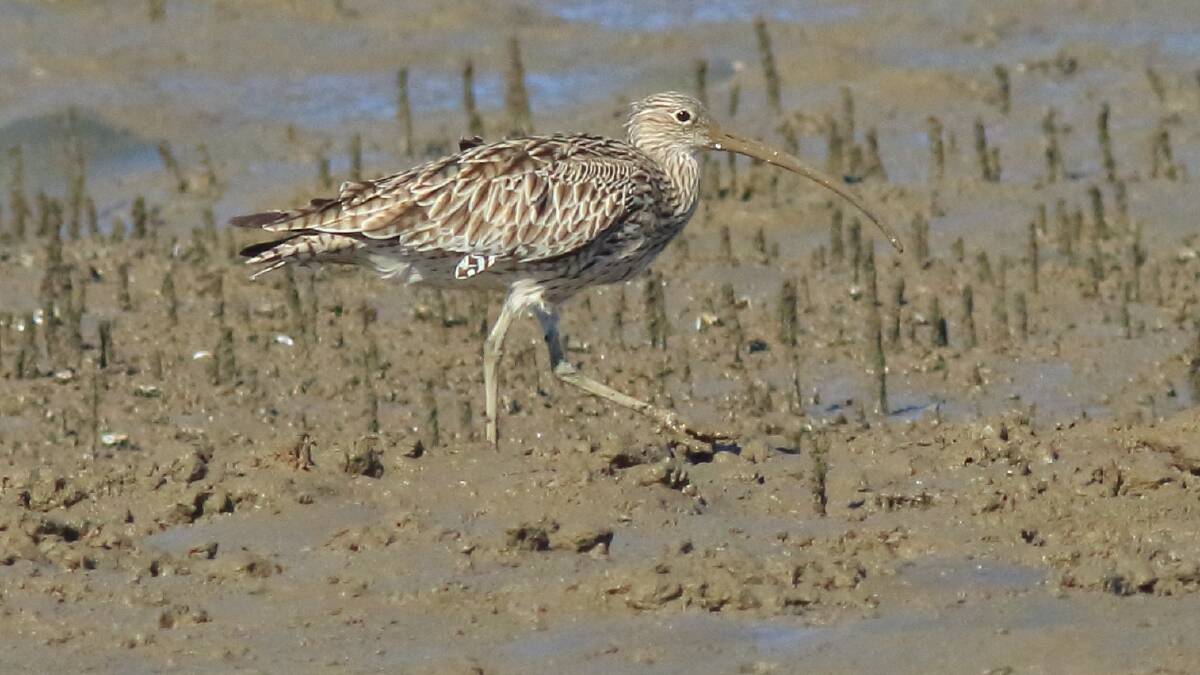
A CONSERVATION group that has opposed plans to redevelop Toondah Harbour is using the release of a senate report to push for stronger environmental protection laws.
Create a free account to read this article
$0/
(min cost $0)
or signup to continue reading
BirdLife Australia spokeswoman Judith Hoyle said existing environmental legislation was so weak it could not protect critically endangered species, like the eastern curlew.
Ms Hoyle said plans by Walker Corp to build apartments on Toondah Harbour mudflats, used by shorebirds for foraging, showed how poorly the environment was protected.
"Environmental laws do nothing to protect the most vulnerable species," Ms Hoyle said.
"Toondah has critically-endangered shorebird species and the conservation act has done nothing to protect that area."
Walker Corporation spokesman Dolan Hayes said the developer was about to begin an environmental impact assessment for the project.
The assessment would be led by experts and would address all concerns raised by BirdLife, he said.
Walker Corp was also following a strict environmental approval process for Toondah's redevelopment that was laid down by the federal government.
"We absolutely respect the work that volunteer organisations like BirdLife do to protect fauna," Mr Hayes said.
"The environmental impact survey process however will ensure that plans for the protection of endangered species are developed by world leading experts.
"Walker is keen to work positively with BirdLife to ensure the new Toondah Harbour protects the natural environment but still delivers a major lifestyle boost for residents of the Redlands."
Ms Hoyle said ministerial decision-making had allowed preliminary controls to be avoided so that Toondah Harbour could be listed as a priority development area.
This had allowed for the massive redevelopment plans, which included 3600 units, for the Ramsar-listed wetlands, she said.
Ms Hoyle said development boundary changes near Cassim Island - used by birds as roosting grounds - would not reduce the project's overall ecological impact.
"It is disingenuous of them to tell people that they are reducing the footprint ... when the feeding grounds are being destroyed," she said.
"They will argue that there is other habitat that they can move to, but they come back to the same feeding ground every year."
The senate committee's interim report - called Australia's faunal extinction crisis - was released this month.
Senators had visited places including Toondah Harbour to collect evidence as part of inquiry into declining fauna populations.
The committee found that the Environment Protection and Biodiversity Conservation Act was struggling to meet threats to the environment and recommended it be replaced and an independent environmental protection agency be set up.
"This evidence indicated that the (act) is incapable of addressing many of the principal drivers of faunal population decline ...," the report said.
"These drivers are complex and include the loss, degradation and fragmentation of habitat, the threats posed by invasive species and the effects of climate change."
Ms Hoyle said BirdLife was not politically-aligned.
The group wanted all political parties to look into how environmental protection legislation had failed to protect threatened species from habitat destruction.
"It is just a question of whether there is the political will," Ms Hoyle said. "At the moment, there is too much ministerial discretion."

